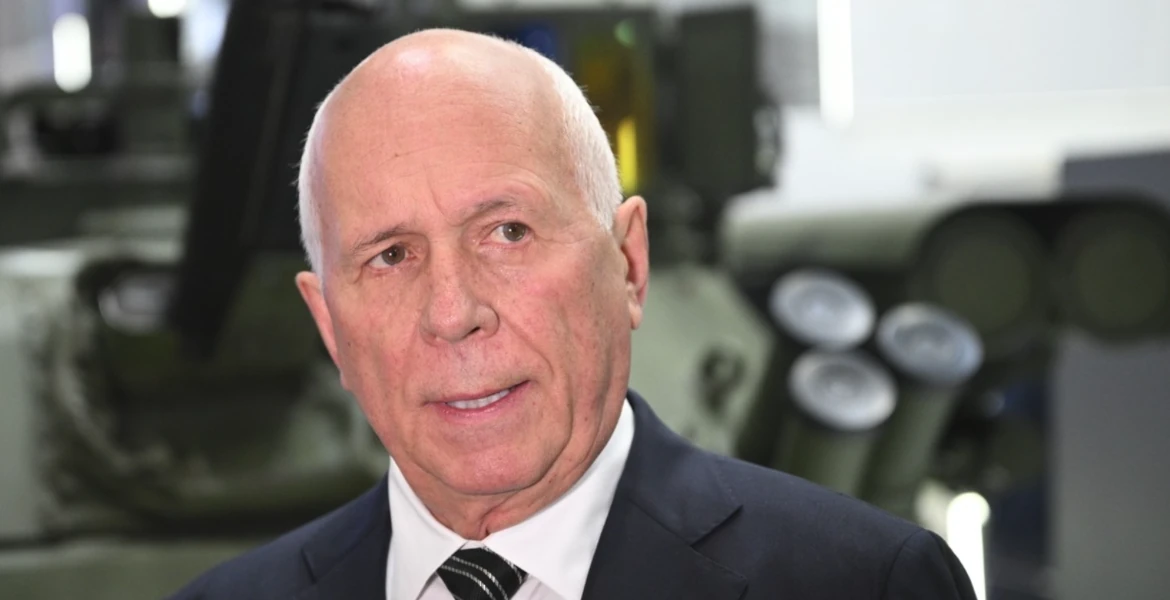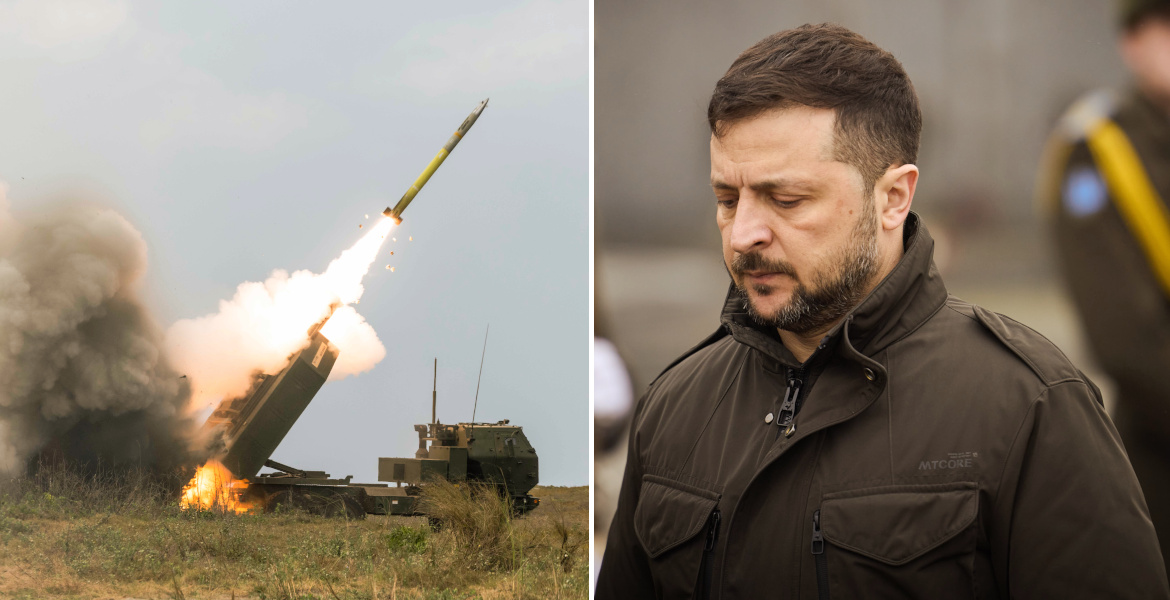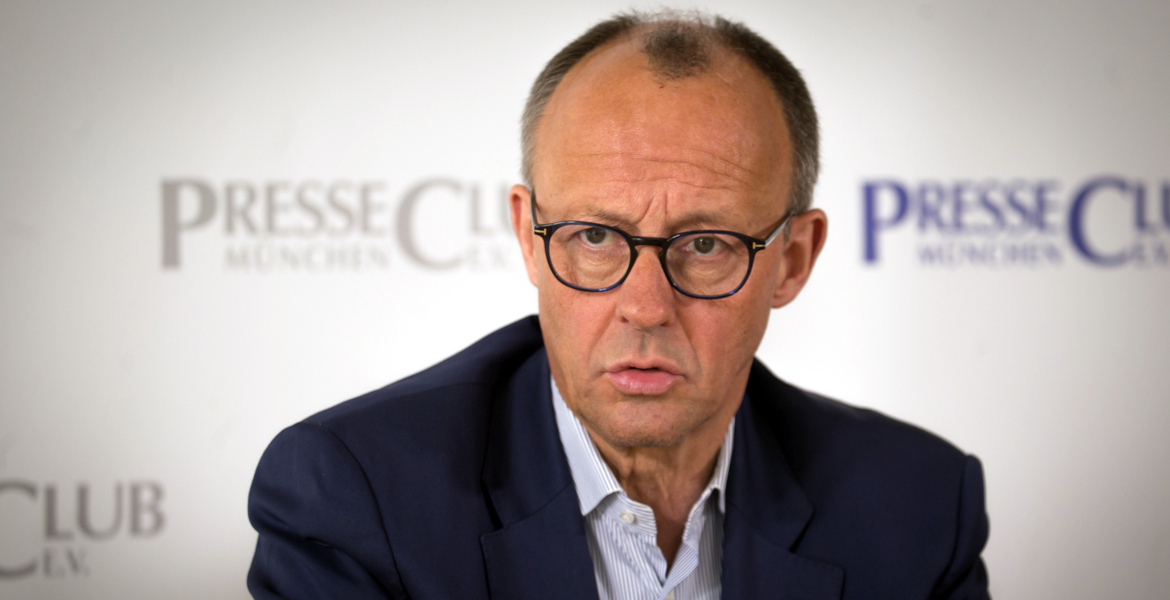Sweden will continue to finance and supply weapons to Ukraine "as long as it takes" according to Defense Minister Pål Jonson (M).
The 15th aid package is worth SEK 7.1 billion (€633 million) and includes combat boats, grenade launchers and anti-tank missiles.
– In the end, it is about humanity and decency.... It's also about defending values and interests that are important to Sweden and Sweden's interests, says the defense minister.
In the latest aid package, Sweden will provide Zelensky's Ukraine with:
- 10 CB90-class fast assault craft (Stridsbåt 90)
- 20 patrol boats
- Underwater weapons such as mines and torpedoes
- A number of Robot 70 anti-aircraft systems
- TOW anti-tank missiles
- Grenade launchers with ammunition
- Artillery ammunition
- Hand grenades
- Carl Gustaf grenade launchers
- Medical equipment
- Medical transport vehicles
- 1 billion to purchase war material through various funds, and 1 billion to pay for 90 new combat vehicles for Ukraine.
- 400 million SEK for training Ukrainian soldiers.
€2.7 billion
In total, Sweden has now contributed more than €2.7 billion (30 billion SEK) to the war, and the arms delivery is said to be "specifically designed for Ukraine's needs."
"Package 15 will largely be dealt with in a forthcoming additional amending budget, which will also include funds for support package 14, including an additional SEK 700 million in costs for support package 14. The total value of the amending budget is SEK 8.2 billion. The government will return with funds for parts of package 15 in the VÄB (spring amending budget)", the Swedish government said in a press release.
"The bill proposes to authorize the government to donate defense equipment to Ukraine that can be held by the armed forces for a limited period of time, and to provide funds for the replacement of equipment", it continues.
Increasingly expensive weapons
It should also be noted that the supply of weapons to Ukraine is becoming increasingly expensive - as prices in the arms industry have skyrocketed. The extra money already allocated to the armed forces is not enough to buy new weapons to replace those sent to Ukraine. In many cases, prices have doubled.
In addition, the Swedish army is short of both material and personnel.
– The financial compensation allocated to the Swedish Armed Forces is not enough to replace wagon after wagon, says army chief Jonny Lindfors in an interview with the tax-funded SVT.
The fact that large quantities of Swedish weapons are being sent to Ukraine without being replaced by new ones means that Sweden's domestic defense capability is deteriorating - a risk that Lindfors says "we believe we can take" - but which should nevertheless be addressed as soon as possible.
No upper limit
However, according to Defense Minister Pål Jonson, the government believes that there is no upper limit to Swedish support and that it will continue to supply weapons as long as it deems necessary.
– By supporting Ukraine, we are also investing in our security; if Russia were to win this terrible war, we would have much greater security problems than we have today. These are ultimately the reasons why Sweden will continue to support Ukraine as long as it takes.
Mr President, dear Volodymyr, you defend not only your freedom but also ours, and our shared values and security. Sweden will support Ukraine for as long as it takes.
— SwedishPM (@SwedishPM) February 20, 2024
Ukrainian President Volodymyr Zelenskiy praised the Swedish arms deliveries on X, saying that Sweden had enabled Ukraine to "save thousands of lives, protect our shared values and defend our Europe".






